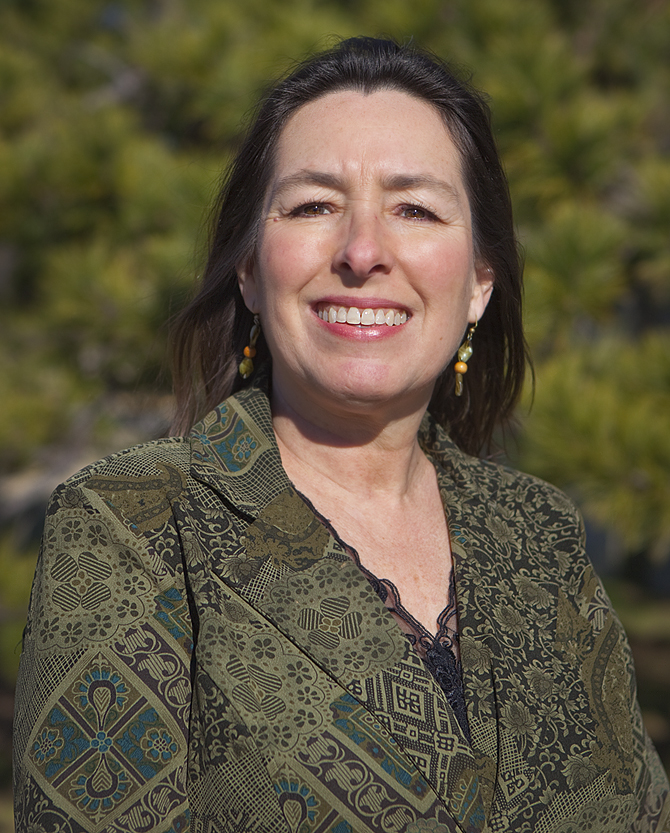If it seems to you like fire has been burning hot and bright in the headlines in recent years, it’s not all in your mind. Nor is it sensationalized.
In the U.S. alone, starting in the 2000s, record-breaking fires have scorched and scarred a growing list of states that includes California, Colorado, Utah, New Mexico, Oregon, Kansas, Oklahoma, Alaska, Texas, Florida and Montana.
“If we look at statistics across the United States, fires are indeed increasing and fire seasons are increasing not only in burned area, but in terms of severity as well,” said Dr. Amber Soja, an associate research fellow and fire expert who works for the National Institute of Aerospace (NIA) and is resident at NASA’s Langley Research Center. The NIA and Langley are both in Hampton, Virginia.
Fire was the subject of an October talk Soja delivered virtually as part of Langley’s Colloquium series of lectures. Soja offered a broad and sobering overview of the current scientific understanding of Earth’s fires, which are being fueled, in no small part, by the drier, warmer conditions brought on by human-caused climate change. In fact, climate models have predicted a worsening of fire activity similar to what we’re seeing now.
That, in the abstract, is alarming enough. But one must also consider that when the smoke from those fires begins to clear, there’s often a human cost in the embers — lives, property, livelihoods.
Take, for instance, the Camp fire that incinerated parts of Butte County, California in 2018. It took 85 lives and destroyed nearly 19,000 buildings. Munich RE, a German reinsurance firm, estimated $16.5 billion in losses, making it the costliest natural disaster in the world that year.
The fires aren’t just in populated areas, though. Recent years have also seen a significant uptick in fires in the northern latitudes of Canada, Russia and the aforementioned Alaska. Fires in those conifer- and deciduous-tree-filled landscapes, known as boreal forests, may not often pose an immediate threat to human life, but they unleash their own special form of havoc because they feed off carbon-rich layers of organic matter on the forest floor.
“The reason we care about the climate and the changes in the boreal and Arctic systems is because this is where most of the carbon is stored,” said Soja. “So in one fire, you could actually burn hundreds to thousands of years of stored carbon.”
That carbon literally goes up in smoke. Wildfires pump carbon dioxide, black carbon, brown carbon and ozone precursors into the atmosphere. There, they affect the atmosphere’s radiative properties, clouds and climate, and alter the complex interactions between the three.
That same smoke is a threat to human health. The chemicals in it can deteriorate air quality not just in the immediate vicinity of a fire, but even thousands of miles away as wind transports the smoke through the atmosphere.
“It’s not unusual for smoke from Siberia to set off air quality monitors in North America — in British Columbia, Washington state, Oregon. And it happens pretty often,” said Soja.
Poor air quality can contribute to respiratory and cardiovascular disease. Soja said there’s even emerging research about health repercussions from the microbes and bacteria transported with smoke.
Soja’s talk returned again and again to the human toll of fires. In fact, she opened by recalling an email exchange following the 2018 Attica wildfires in Greece, which took more than 100 lives. Soja emailed a colleague to offer her condolences. She never mentioned the colleague’s name, but his reply seems as good a place to end as it was to begin:
“The tragedy is really too much to comprehend in one gulp. There has been continued reporting on mass media and everyone tries to understand why did this happen? If only they had devoted 1/100 of this time and effort to prevention.”
Joe Atkinson
NASA Langley Research Center





























